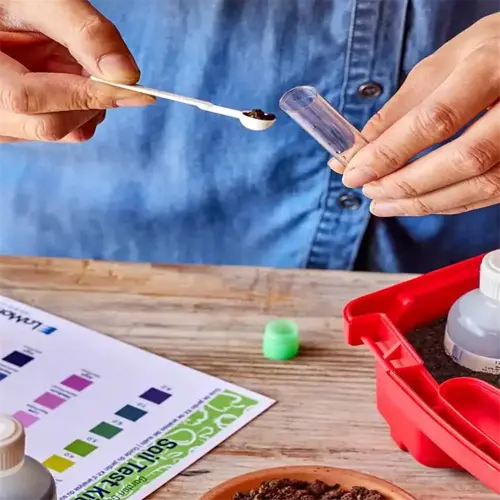How often should I inspect plants?

Written by
Julia Anderson
Reviewed by
Prof. Martin Thorne, Ph.D.Determine plant diseases by implementing regular inspections before the disease onset. The checking of my pepper plants each week of last summer allowed me to find aphid infestations before the colony formed. We caught the problem earlier and left it to themselves, it would have potentially affected 95% of the crop. The scheduling of disease inspections can be different depending on the growing season and the type of plant strain you are inspecting.
Growing Season Protocols
- Weekly: Full plant scans, focusing on leaf undersides and new growth
- Post-rain: Check for edema (blisters) and fungal spores within 24 hours
- Toolkit: 10x lens, moisture meter, and pruning shears for sample collection
Dormant Season Checks
- Monthly: Inspect bark for cankers and rodent gnaw marks
- Soil surface: Look for fungal sclerotia resembling black peppercorns
- Root zone: Probe 2-4 inches deep for vole tunnels in winter
Weather Event Responses
- Heatwaves: Daily leaf scorch inspections above 90°F/32°C
- Cold snaps: Monitor for frost cracks below 28°F/-2°C
- High winds: Check for bark abrasions within 48 hours
I discovered the hard way that a missed inspection can cost you your entire crop. I missed one scale insect colony on my lemon tree and it went on to infect 12 plants in about 2 weeks. Now I keep a digital journal that timestamps my photos. The photos and comparisons have shown me that my observations as a grower can be swifter than memory and possible short-term observations.
Customize your inspections to microclimates. My north-facing garden requires more frequent checks for mildew than lots that face south. Once I installed soil sensors, I got away from the standard time of year checks to checks based on data; when I see moisture spikes above 60% on my sensors, that triggers immediate inspections for fungus. Adapt your equipment based on risk from elements of your environment.
Read the full article: Identify Plant Diseases: Detection & Control Guide

